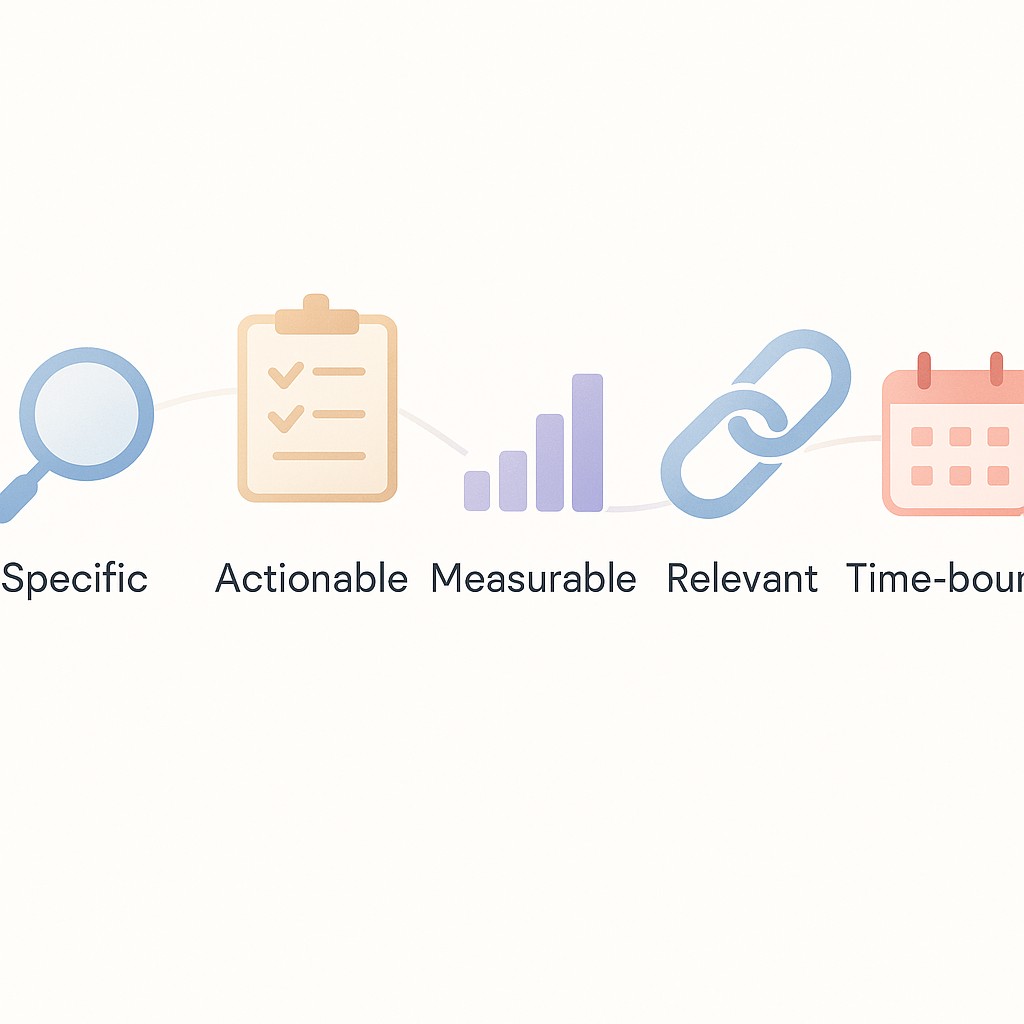How to Give Constructive Feedback That Drives Real Change
How to Give Constructive Feedback That Drives Real Change

When Feedback Gets Stuck
It’s late on a Tuesday, and I’m scrolling through a pull request with an eyebrow raised. The comment I leave is blunt, “This function is really inefficient.” A few minutes pass, and I get a defensive reply, “I followed the pattern we use everywhere.” That right there is the moment where feedback goes sideways. I’ve done it; maybe you have too. We’re aiming for improvement, but the actual impact is a frustrated teammate and code that stays the same.
Everyone says learning how to give constructive feedback is easy—until you actually do it. There’s a reason we dread these reviews.
Here’s what made the difference next time. Instead of just pointing out the flaw, I focused on how to give constructive feedback. “This function has performance issues; let’s optimize it by reducing unnecessary loops.” That landed better. We talked through which loops weren’t needed, mapped out what an optimized version would look like, and together set a goal to ship the fix by Friday. Suddenly, it wasn’t a critique—it was a plan. The focus switched from blame to progress, and neither of us got stuck defending old patterns.
You already know this isn’t magic. Feedback only drives change when clear, specific content is paired with collaborative, time-bound delivery. Efforts to give effective feedback led to almost twice the impact on change (Hedges’ g = 0.61). Which is why it’s worth the effort. Sounds simple, until you try it.
This isn’t just true for code reviews. Design discussions and 1:1s need the same precise, actionable mix if we want things to actually improve.
The Anatomy of Actionable Feedback: How to Give Constructive Feedback
Let’s just drop the “feedback sandwich.” You know the one—nice, vague praise on top, criticism buried in the middle, and another generic compliment to close. I fell for this routine for years. It’s supposed to soften the blow, but most of the time it just confuses the recipient and waters down the real point. If your feedback isn’t clear, nobody knows what needs to change.
So, how do we do better? Think of actionable feedback techniques as having five ingredients: specific, measurable, actionable, relevant, and time-bound. Imagine turning a compiler warning into a ticket. The difference is clarity. Here’s where most teams slip. The “Measurable” part is where most teams stumble—average scores land around 40%, making it clear why we need concrete, time‑boxed feedback. If your review just says “Refactor this” or “Improve performance,” what does that actually mean? If you say, “Reduce the execution time by 30% and get a draft by Thursday,” suddenly everybody knows what success looks like and when to deliver it.

In standups, the same clarity makes or breaks progress. An update like “Working on the UI, almost there” leaves the team guessing. If you add, “Blocked on API availability,” now the group can rally and solve the roadblock together. Next standup, there’s real momentum—and nobody’s left wondering what’s actually happening.
A classic pain point that keeps cropping up is estimation drift. Two feature tickets took twice the estimate—breaking them into smaller chunks to improve velocity. Instead of hand-wringing over missed deadlines, we set tighter, sprint-sized deadlines and watched team throughput tick up. That one adjustment got us past wishful thinking and into actual delivery.
Next time you review, ask out loud, “What would make this more actionable?” Nine times out of ten, that question turns a vague comment into a concrete plan.
Shift from Confrontation to Collaboration
How you deliver feedback is as much a design decision as any technical architecture. Timing, setting, and tone matter. They decide whether your point gets through or bounces off a defensive shield. If you hit send in a noisy group chat or say “we need to talk” at 4:59 PM, odds are your message becomes the problem, not the solution.
They determine how to reduce defensiveness in feedback—whether your point gets through or bounces off a defensive shield.
When I’m giving feedback 1:1, I start with empathetic feedback delivery and collaboration in mind. “I noticed something that might help” tends to open doors. If you point out, “On AWS, we could ramp up EC2 scaling a bit smarter—maybe try proportional autoscaling based on traffic spikes?” then follow with, “Let’s revisit this Friday and trade notes after we run a test,” there’s space for both technical ideas and action. Suddenly, it’s two engineers solving together, not one correcting another.
I’ll admit, not every attempt at being “helpful” has landed well. Last month, I spent what must have been twenty minutes fiddling with the coffee grinder settings in the team kitchen, convinced I could dial in the perfect shot for everyone. Instead, I got a chorus of groans and someone hid the beans on me the next day. The lesson stuck harder than any feedback meeting—sometimes your “improvement” isn’t wanted, and context matters way more than you think.
I’ve found the best way to foster ownership is to ask open questions that shift the conversation from monologue to dialogue. A simple “What’s your take on this?” or “Does that sound workable to you?” invites your teammate to shape the solution.
Now, here’s the thing. Empathy doesn’t water down candor—if anything, it makes the direct stuff land without resistance. The approach works because open-ended questions, affirmations, reflections, and summaries (OARS) are proven tools for getting people talking about real change (link). You’re not letting them off easy; you’re giving them a stake in the outcome, and with that comes accountability. Even skeptical folks—myself included—tend to offer more in these exchanges. Ownership sticks better when someone feels heard and has room to weigh in.
To make sure feedback doesn’t just drift away, close with a clear agreement. Pin down actions, confirm who owns them, and set a check-in—like a Day 3 update or a commit for the next sprint. Write it down and share it. That little ritual is the difference between drifting intentions and real, visible progress.
Make Every Setting Actionable
In standups, I’ve learned it helps to go straight to the point: “Any blockers?” Every time you ask that without dancing around, the team either rallies to swarm or gets work reallocated; no one’s left waiting and wondering why their sprint feels jammed. We’re here to keep flow, not just give updates.
There’s a temptation to let folks “figure it out” during sticky debugging sessions. Back when the team got stuck for two days untangling an API issue, I used to think they’d sort it with enough time. By Day 3, though, momentum was gone. Now, I’ve made a habit of stepping in sooner. A quick sync, drop everything for twenty minutes, get eyes on the problem together. Sometimes that means I admit, “Look, I don’t have the answer either, but let’s chase down what’s stalling us.” That beats letting a blocker drift until it’s grown roots.
Design and architecture—here’s where I’ve seen gaps come back to haunt us. Insist every major decision is documented upfront, before anything ships. If someone asks “Is it really urgent?” just remind them that blank spots in docs always turn into rework sprints later, and no one thanks you for that kind of heroics.
In code reviews, offer constructive feedback for engineers, not just a callout like “inefficient loop.” Spell out exactly what’s off. Say, “Let’s avoid re-scanning the full list, index it once at the start.” Add, “Can you ship this by Thursday?” And always close with, “How does that sound to you?” There’s no magic trick, but when feedback gets this specific and collaborative, it cuts down the endless back-and-forth and gets fixes out the door faster. The kicker is, once you try it, you realize that a little extra effort on content and delivery turns feedback from a chore into real momentum.
Truth is, even after running these patterns for years, I still catch myself skipping the follow-up sometimes. The task pings on Slack, I think “I’ll check in later,” and then, sure enough, it drifts. Not proud of it; just a reminder the routine isn’t foolproof.
If you want help turning clear, specific, time‑boxed ideas into drafts your team can use—PR comments, standup notes, or design writeups—generate AI‑powered content in minutes and keep momentum without getting stuck in the feedback loop.
Make High-Impact Feedback a Team Habit
Let’s be real—there’s always a moment where you wonder if all this feedback talk is pulling you away from the “actual work.” If you’re skeptical, I get it. Investing extra time in empathy or clarity can feel soft, or even wasteful. Sounds simple, until you try it and the friction is unmistakable. This stuff isn’t just fluffy team-building. It requires effort, and it’s easy to think, “Is this really what moves the needle?”
Six months ago I would have said no. Now, after watching specific upfront feedback save us from those week-long merge conflicts, I’m slowly converting. Think of it like setting up EC2 auto-scaling—sure, it’s more setup now, but that investment saves hours later when load spikes hit. When you build good feedback habits, you spend less time firefighting and more time actually pushing code. The trust builds quicker, and technical quality goes up. The truth is, once framing cuts down the back-and-forth, iteration stabilizes and everybody gets their evenings back.
The trick isn’t complexity; it’s routine. Pick some prompts to use every time. “What’s your take on this?” Or, “I noticed something that might help.” Time-box your follow-ups: “Let’s sync later this week” or “Commit to a Day 3 check-in.” Agree on what’s changing and for when. “Let’s have this shipped by next sprint.” Consistency makes it automatic.
Drop the “feedback sandwich.” Try, “I noticed something that might help.” Or just ask, “What would make this more actionable?” Simple, direct, and it signals collaboration, not correction.
If you stick with it—especially during those busy weeks—it gets easier and faster. Real candor isn’t about calling people out; it’s about making sure your feedback leads somewhere concrete. That investment shows up in better code, tighter deadlines, and teams that actually want to work together.
Enjoyed this post? For more insights on engineering leadership, mindful productivity, and navigating the modern workday, follow me on LinkedIn to stay inspired and join the conversation.
You can also view and comment on the original post here .
